Two of the biggest risks to the “Roaring 2020s” scenario
A lot of people – including us – are expecting an inflationary boom as we all emerge from lockdown to spend, spend, spend. But there are a couple of things that could derail that scenario, says John Stepek.


We’ve been talking a lot about the inflationary boom (which will eventually turn into a bust, as all things cyclical do) that we think lies ahead.
But of course, we don’t have a crystal ball. Inflation – and something more than “transitory” – looks highly probable to me.
But I might be plain wrong. Or something might happen to derail the whole story.
MoneyWeek
Subscribe to MoneyWeek today and get your first six magazine issues absolutely FREE

Sign up to Money Morning
Don't miss the latest investment and personal finances news, market analysis, plus money-saving tips with our free twice-daily newsletter
Don't miss the latest investment and personal finances news, market analysis, plus money-saving tips with our free twice-daily newsletter
So maybe it’s time to talk about the risks to this scenario.
The never-ending lockdown
The case for an inflationary boom is quite simple. Governments responded to the global pandemic by shutting the economy down. They then – in various ways – compensated most (not all) of the people and businesses who were hit by this.
A combination of remote-working technology and copious money-printing means that in aggregate (and incredibly unusually), people are coming out of this recession with their balance sheets either in the same position, or in much healthier positions, than they went into it.
So as the economy re-opens – and we’ve already seen this – you’d expect spending to shoot up as people make up for lost time.
On top of that, supply chains have been disrupted. This isn’t just the case for goods; it’s the case for labour, too: the global mobility of labour has collapsed. This is even before you consider the “deglobalisation” forces that were in place prior to the pandemic.
Meanwhile, governments are spending big (or regulating big so that other people have to do the same) on making the world “greener”.
So we have higher-than-usual demand, meeting tighter-than-usual supply. That’s a recipe for an inflationary boom (or at least in the early stages, before we slide unhappily into a stagflationary one, depending on what happens).
What are the risks to this scenario?
First, there’s the risk of the never-ending lockdown. England has just extended lockdown by four weeks. Scotland is making noises about not being back to normal until at least September.
I’m not a data analyst so I’m not going to even try to unpick this in terms of the statistics. But I think it’s fair to say that lockdown has become another emergency economic measure in the sense that zero interest rates and money printing were an emergency monetary measure.
We locked down the economy to avoid a catastrophic meltdown in the ability of our systems – most obviously, but not only, our healthcare system – to cope.
We’re now locking down – with about 60% of the population having received at least one jab, and more than 40% having had both – as a precautionary stance, because of the Delta/Indian variant.
I’m not hyperbolic about this. But we need to be careful about how used to this our governments become. And how comfortable we become with it all – apparently 70% of the population supports this further lockdown which seems shockingly high to me. I suspect it’s mostly down to the framing of the question but if not, that’s a worry.
I’m not a big one for arguments based on psychology or confidence. Raw money is usually the key driver of any economic or investment development. But if we have rolling lockdowns until the summer is over, you’d have to wonder about whether we’ll all have started to wilt by then.
Of course, you’d have to start talking about extending “stimulus” even further. That perhaps points to a more stagflationary outcome as investors genuinely start to question fiscal sustainability.
Anyway. That’s one risk.
What if governments run out of steam?
Second, there’s more of an economic risk. And that’s the risk that government spending falters. As Louis-Vincent Gave points out on Gavekal this morning, we’ve all been assuming that governments are going to go out of their way to blow huge amounts on “green stimulus”.
That’s one reason (though far from the only one) behind the surge in commodity prices this year.
Gave notes that the assumption has been that “green spending” will be mostly effective at driving up prices rather than creating productive investments.
(If it does work productively – in that we replace oil with a clean energy source which matches or beats oil for both energy efficiency and cost – then we can all crack open the champagne, as we’ll genuinely have moved into a post-oil world and a deflationary boom of epic proportions.)
However, says Gave, there’s another scenario. What if governments simply don’t manage to spend as much on green stimulus as expected? After all, Joe Biden’s infrastructure package is getting nibbled away as it tries to get through the US political system. Meanwhile, China has already been tightening up monetary policy because it fears the destabilising impact of inflation.
Finally, notes Gave, “Russia is just months away from starting to pump natural gas through the Nord Stream 2 pipeline”. And “if Germany can now access cheap and plentiful Russian gas, will German politicians still advocate gargantuan green energy spending at the European Union level?”
This is an interesting question. It implies that commodity prices would still head higher but that supply would be less constrained and that demand for “green” commodities like copper might not be as massive as expected.
It also implies that the forces of “austerity” (in relative terms – the idea that anything about today’s government spending is “austere” is laughable) might be more potent than expected. Which would in turn at least reduce the inflationary impulse.
Anyway – these are just two factors, beyond the obvious one of central banks abruptly decided to raise interest rates, that could derail the “inflationary boom” scenario. I think the key things to watch out for are the pace of re-opening, and signs of proper pushback against government spending plans.
We’ll have a lot more on prospects for the green revolution and its side effects in upcoming issues of MoneyWeek magazine. If you’re not already a subscriber, get your first six issues free here.
Get the latest financial news, insights and expert analysis from our award-winning MoneyWeek team, to help you understand what really matters when it comes to your finances.
John Stepek is a senior reporter at Bloomberg News and a former editor of MoneyWeek magazine. He graduated from Strathclyde University with a degree in psychology in 1996 and has always been fascinated by the gap between the way the market works in theory and the way it works in practice, and by how our deep-rooted instincts work against our best interests as investors.
He started out in journalism by writing articles about the specific business challenges facing family firms. In 2003, he took a job on the finance desk of Teletext, where he spent two years covering the markets and breaking financial news.
His work has been published in Families in Business, Shares magazine, Spear's Magazine, The Sunday Times, and The Spectator among others. He has also appeared as an expert commentator on BBC Radio 4's Today programme, BBC Radio Scotland, Newsnight, Daily Politics and Bloomberg. His first book, on contrarian investing, The Sceptical Investor, was released in March 2019. You can follow John on Twitter at @john_stepek.
-
 Rightmove: Asking prices set to rise 2% in 2026 after post-Budget market rebound
Rightmove: Asking prices set to rise 2% in 2026 after post-Budget market reboundBuyers and sellers who held off in anticipation of the Budget will come back to the market and contribute to asking prices increasing next year, according to Rightmove
-
 Coreweave is on borrowed time
Coreweave is on borrowed timeAI infrastructure firm Coreweave is heading for trouble and is absurdly pricey, says Matthew Partridge
-
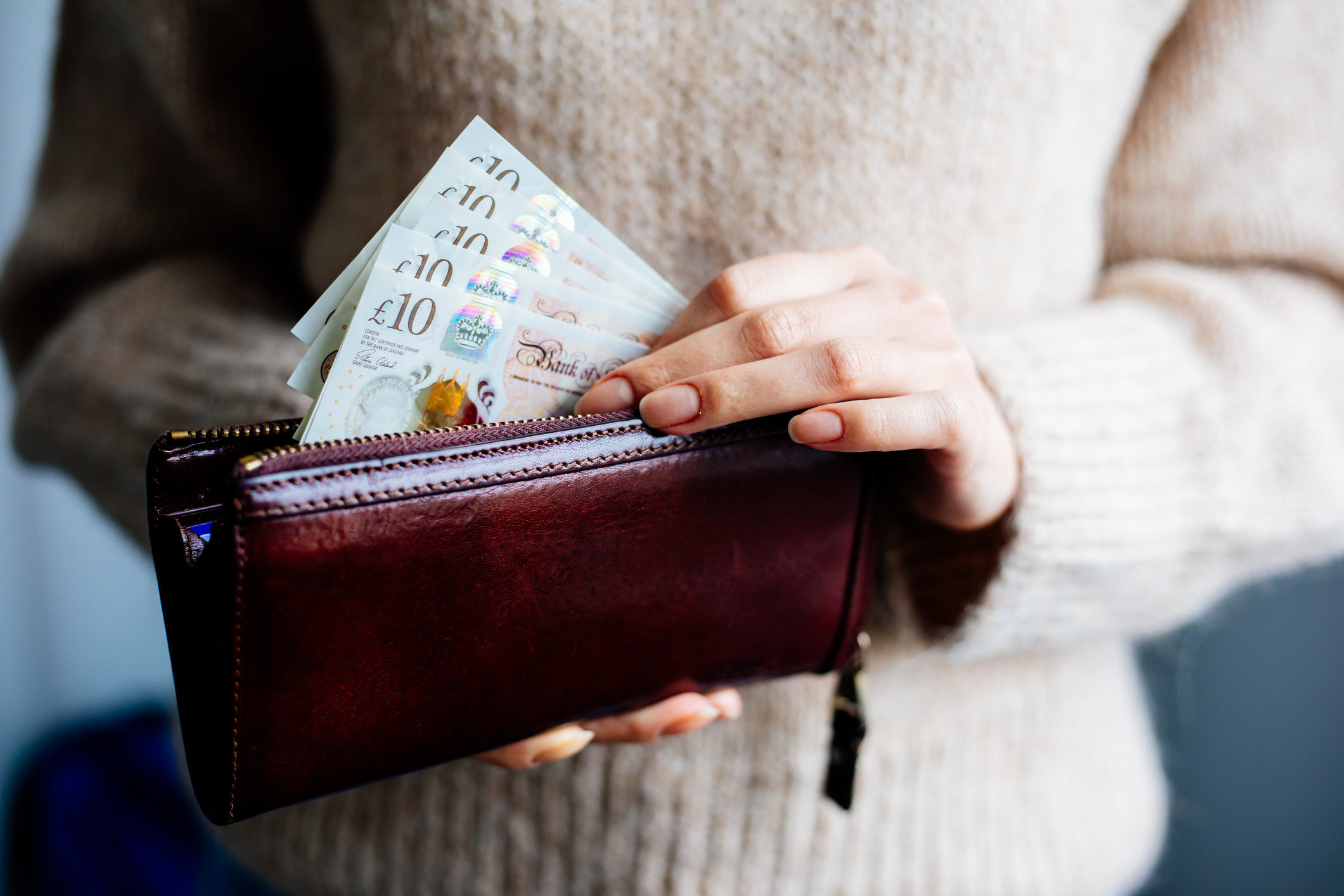 UK wages grow at a record pace
UK wages grow at a record paceThe latest UK wages data will add pressure on the BoE to push interest rates even higher.
-
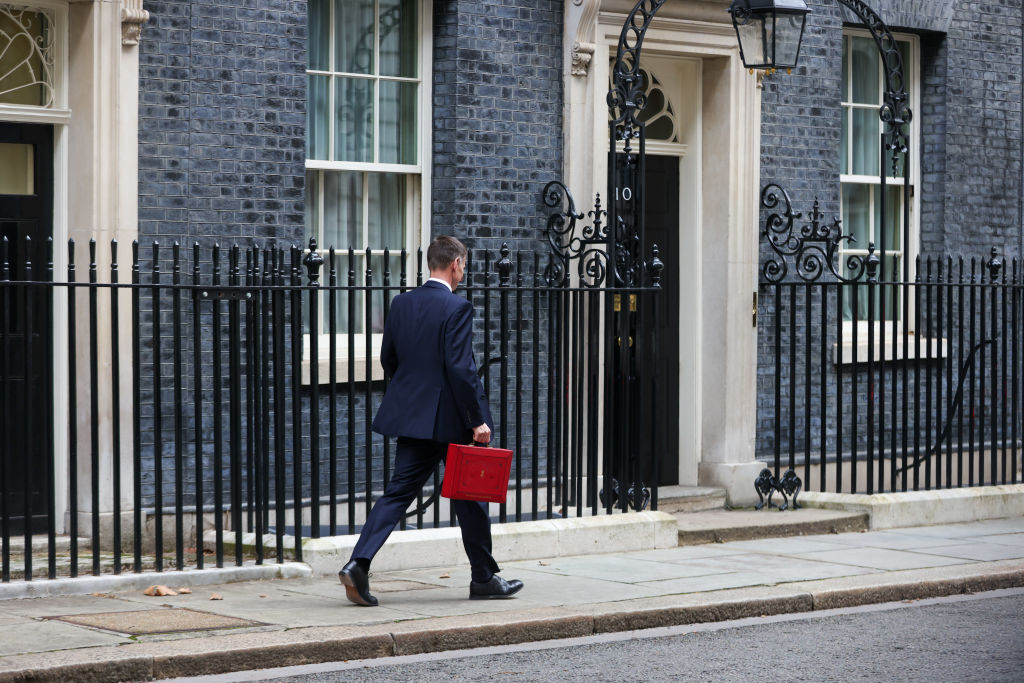 Trapped in a time of zombie government
Trapped in a time of zombie governmentIt’s not just companies that are eking out an existence, says Max King. The state is in the twilight zone too.
-
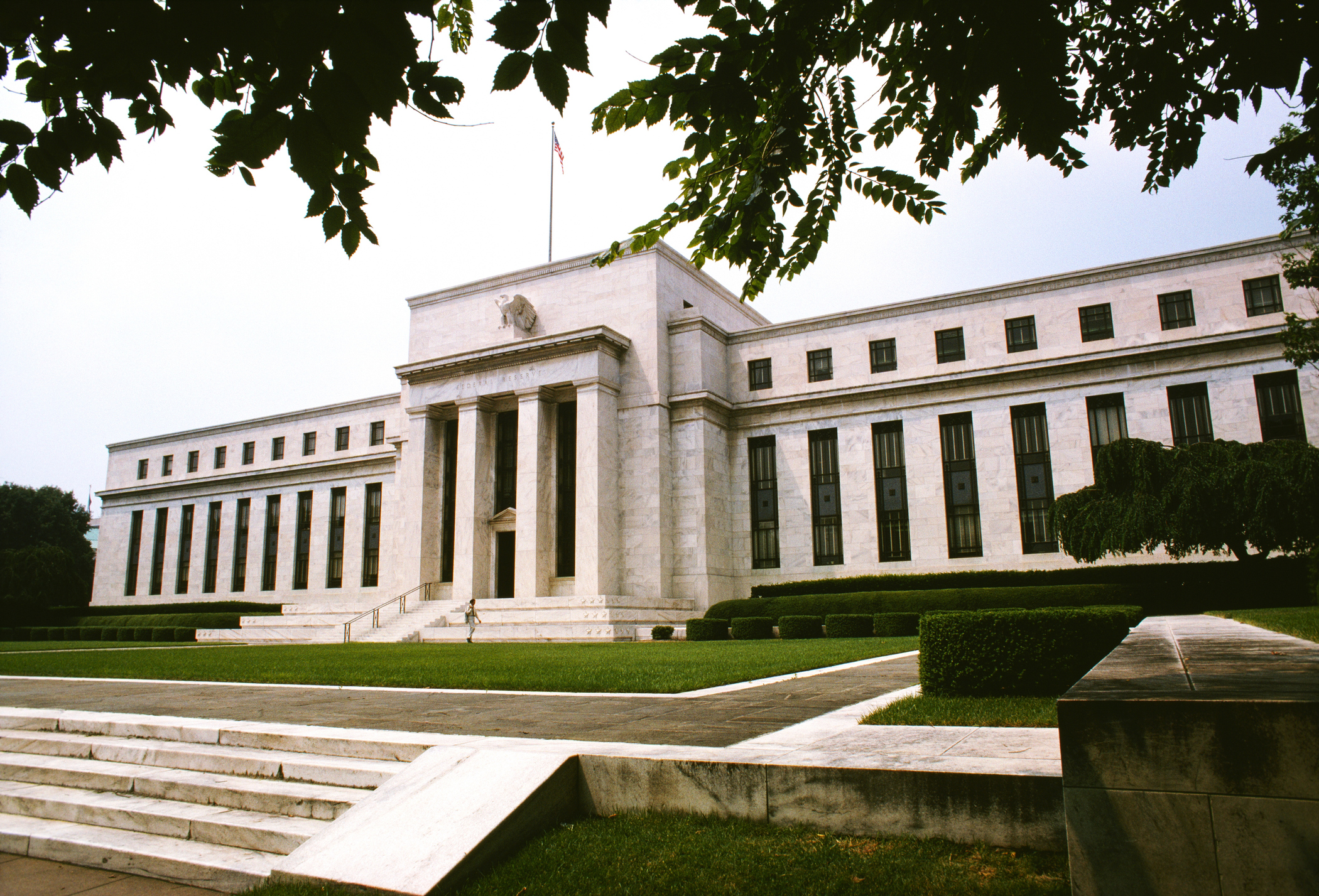 America is in deep denial over debt
America is in deep denial over debtThe downgrade in America’s credit rating was much criticised by the US government, says Alex Rankine. But was it a long time coming?
-
 UK economy avoids stagnation with surprise growth
UK economy avoids stagnation with surprise growthGross domestic product increased by 0.2% in the second quarter and by 0.5% in June
-
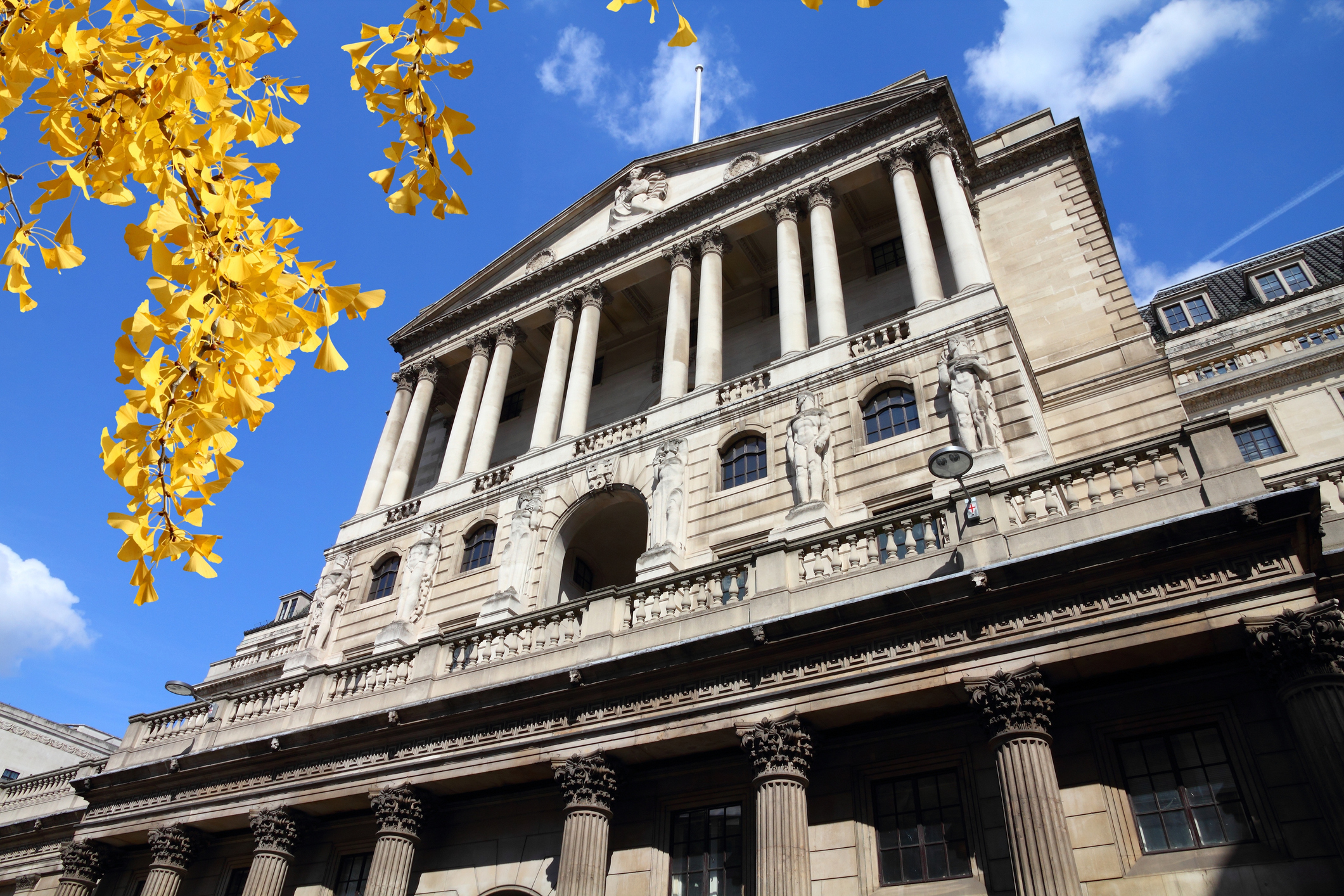 Bank of England raises interest rates to 5.25%
Bank of England raises interest rates to 5.25%The Bank has hiked rates from 5% to 5.25%, marking the 14th increase in a row. We explain what it means for savers and homeowners - and whether more rate rises are on the horizon
-
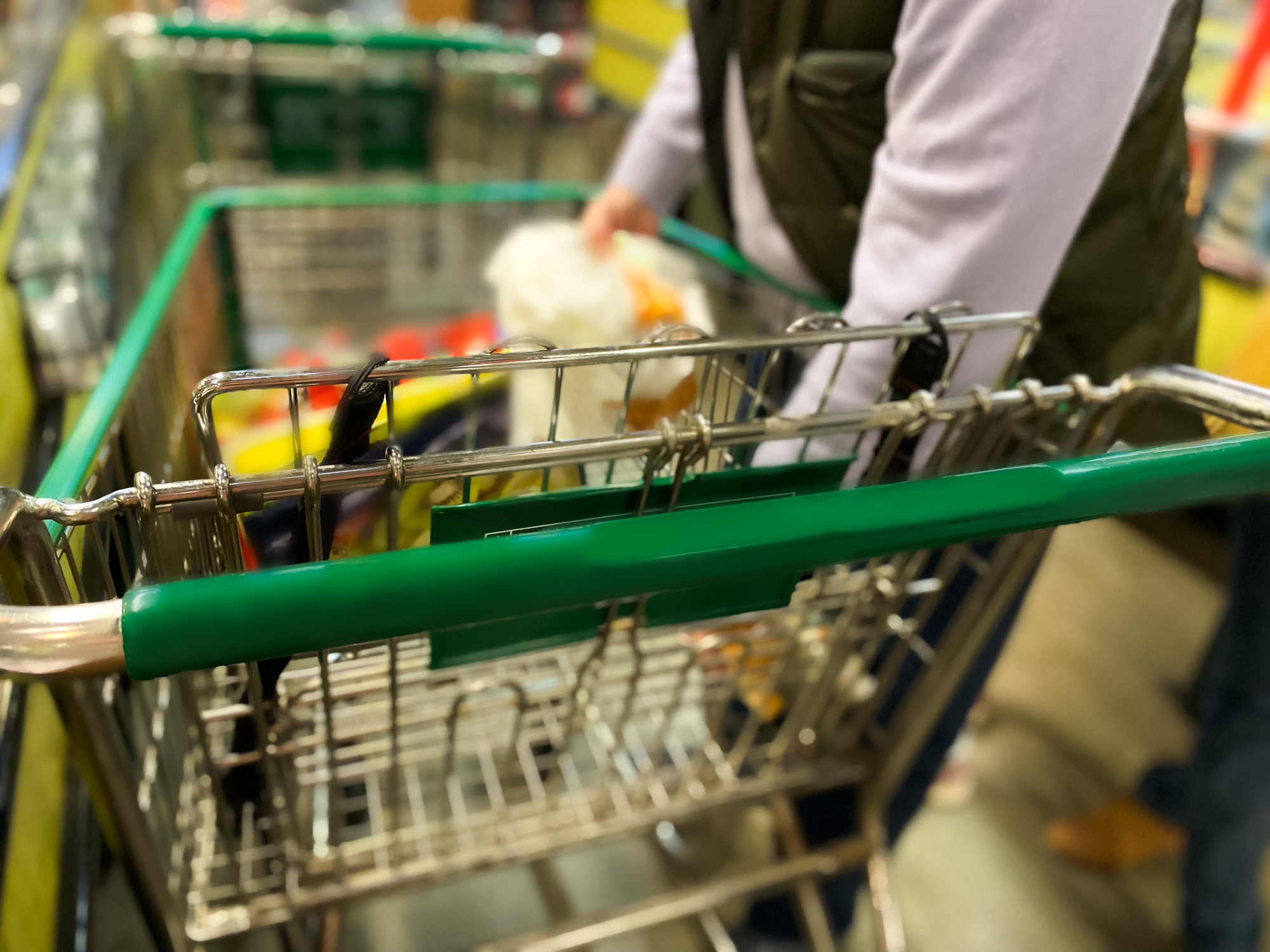 UK inflation remains at 8.7% ‒ what it means for your money
UK inflation remains at 8.7% ‒ what it means for your moneyInflation was unmoved at 8.7% in the 12 months to May. What does this ‘sticky’ rate of inflation mean for your money?
-
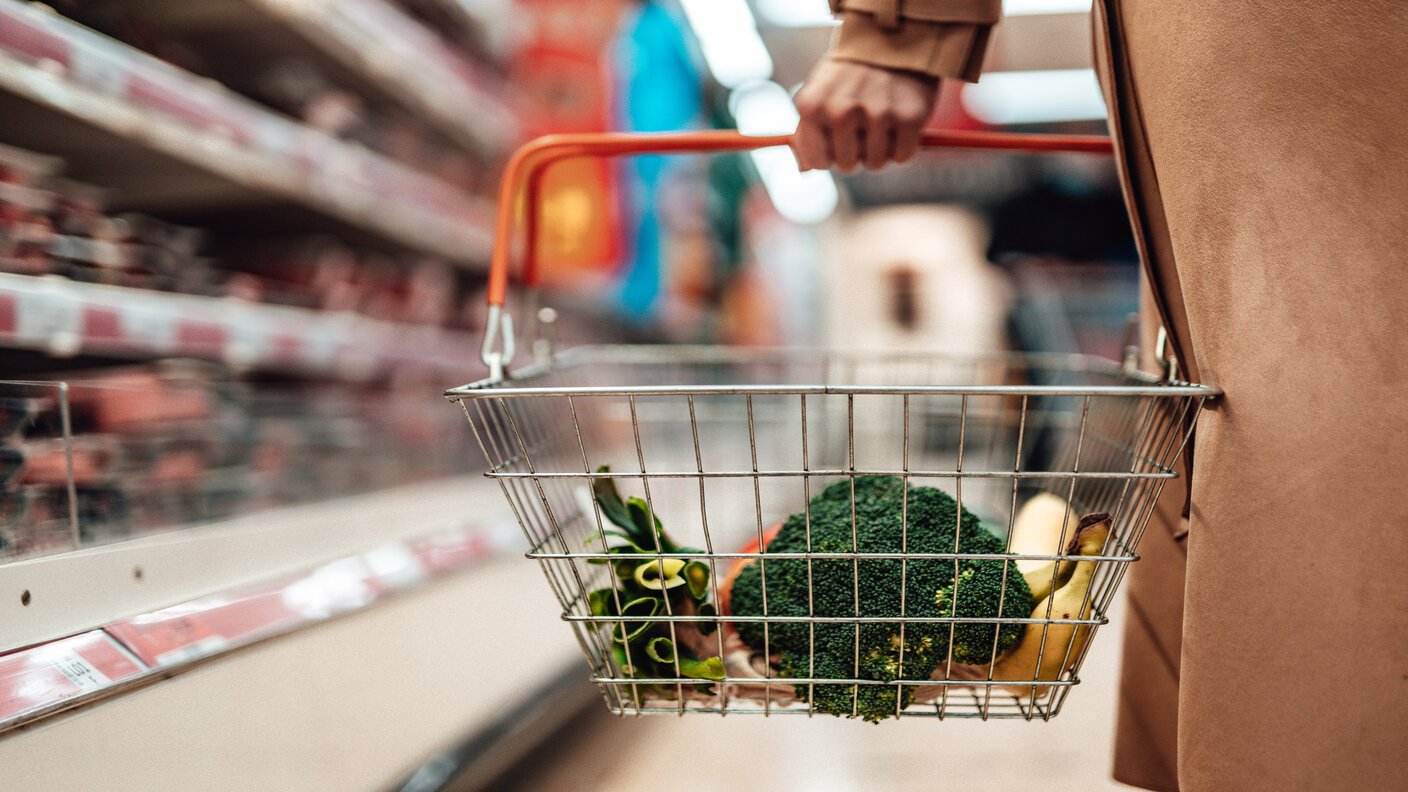 Would a food price cap actually work?
Would a food price cap actually work?Analysis The government is discussing plans to cap the prices of essentials. But could this intervention do more harm than good?
-
 Is my pay keeping up with inflation?
Is my pay keeping up with inflation?Analysis High inflation means take home pay is being eroded in real terms. An online calculator reveals the pay rise you need to match the rising cost of living - and how much worse off you are without it.
